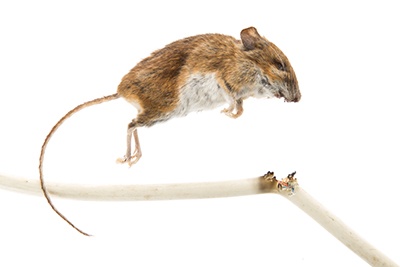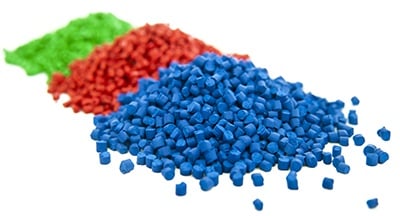As the prodigious growth of fiber optics continues across the globe, it is moving into more and more sectors with increasingly diverse and demanding requirements. This is unquestionably driving the need for tougher fiber optic cables. But how do you achieve the right balance between strength, flexibility and lifetime costs?
The importance of fiber protection
No-one disputes bare fiber is very fragile – after all, it is made of extremely pure optical glass. There are very few examples of where fiber has been successfully deployed in its raw state for this reason.
Hence, it is normally protected by more durable outer coverings. Cables with FRP strength members, protective aramid yarns and varied layers of defensive outer sheathing are now the norm. This sheathing ranges from around 50 micron thick for air blown micro cables and fiber units, up to serious strength high gauge steel tapes for heavy duty armored cables. So clearly there are a wide range of fiber cables available and there is a trade-off between ease of installation and protection.
 Even when protected, damage to fiber optic cables can be caused by numerous factors such as:
Even when protected, damage to fiber optic cables can be caused by numerous factors such as:
- Installation/handling damage
- Construction works
- Cutting with tools, such as spades and pickaxes
- User damage after installation, including being knocked by vacuum cleaners
- Being mistaken for copper cable and targeted for theft
- Animals, including rodents (squirrels and rats), birds and insects, such as termites
- Lightning strikes or incidental voltage
Faults in installed fiber optic cable tend to be difficult to physically locate, meaning that the costs of repair are thus likely to be high. This also needs to be factored into the choice of protection.
Balancing cost and protection
Fiber obviously needs to be safeguarded, but the level of protection required for individual installations depends on circumstances. It is essentially a risk/cost equation. To take an example: cable within a robot rover on the surface of Mars, where it cannot be manually repaired, has a higher risk than a FTTH deployment.
In earlier days of fiber optic deployments, more often than not, risk reduction was secondary to a need to reduce initial deployment costs. However, this has definitely changed as the market has evolved and matured and total lifetime costs are taken into account. Low upfront costs aren’t really a saving if cable is constantly breaking in the field and needs to be continuously repaired or replaced.
Of course, an organization’s purchasing decisions will be based, to a degree, subjectively. A company tainted by previous failures due to cable damage will err towards higher protection, whereas first time purchasers will likely focus on speed and ease of deployment. However, as the sheer number of fiber optic roll-outs gathers pace, in numerous and varied product and market sectors, so have the number of associated horror stories of cable failures. I believe it is these phenomena that are, to a large extent, driving the market need for tougher fiber optic cables.
Polymer technology to the rescue
Adding to the balancing act, it is important to realize that while cables with the same dimensions can look the same from the outside, the technology within them can be radically different, impacting the level of protection and relative cost . So not every cable is created equal.
. So not every cable is created equal.
This comes down to the polymers within the product. Essentially there are two grade of polymer used within cables – extrusion and injection-molding.
If we just think about typical injection-molded products, such as car bumpers, when compared with classic extruded products (e.g. drinking straws), the difference in strength is plain to see. So why is it that 90% of cables are manufactured from extrusion grade polymers, with all their inherent weaknesses?
The answer is the need for flexibility.
A standard cable manufactured from injection-molding grade polymers would simply kink when subjected to bending, thus likely damaging the fiber. And a cable that doesn’t bend is of limited use, however strong it is.
Through advances in polymer engineering it is now possible to combine the strength of injection-molding with the flexibility of extrusion. PPC ‘live hinge’ technology gives these specialist engineering polymer grades flexibility, without sacrificing robustness or adding to the weight.
Choosing the right fiber protection cable is always going to be a balancing act between risk and cost, whatever your deployment or industry. But it is important to understand what goes into different cables, and consequently how they will perform over their entire lifetime. Innovation is out there – not every cable is the same. By understanding the differences you can make an informed choice that best fits your needs.


